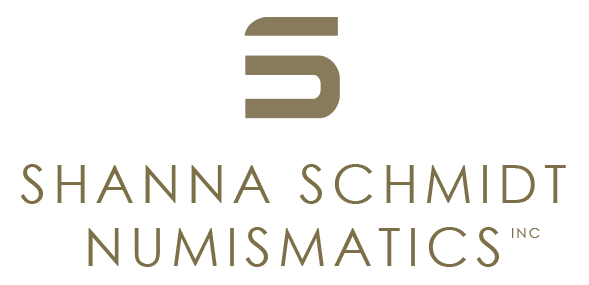GERMANY, Berlin Stadtwappen. Dies by Josef Wild, Nürnberg, 1925
GERMANY, Berlin Stadtwappen. Dies by Josef Wild, Nürnberg, 1925
AV 1 Goldmark, 0.35g (9mm, 12h).
Bear walking left. Name of city above and initials of die engraver (J.W.) below left. NBG (Nürnberg) below right. '1000' below / Denomination written '1 GOLD M'
References: Fischer 1.12. Fenzlein 269
Grade: Brilliant surfaces with some minor scratches. aEF. (wc1166)
Scroll down for more information about this coin.
Josef Wild was an important figure in the history of money for Germany. By the end of the first world war Germany was in a period of hyperinflation. Common items that were once a few D-marks were suddenly running into the hundreds making life almost unbearable for the common person. In response to this the German government created the Rentenmark, which taxed mortgages to citizens and dispensed certificates to be used as currency.
Then came Josef Wild, a goldsmith from Nürnberg, who wanted the stability of the German gold standard returned instead of another fiat currency that could easily fail the German people. He created several dies and produced gold coins at his own expense and attempted to circulate these within the country. He created coins of fine gold (1000) which were shown on the issues. Wild said that any coins with this mark was inflation-proof and a way to ensure secure business transactions. He created gold in the denominations of 100, 50, 25, 20 and 10 marks (or 1 gold ducat equivalent in weight to 10 marks), 5,3,2,1 marks and 50 gold pfennigs. Wild did this from 1923 until 1928 at which point he must have started to use an old official die from the German Empire. This was considered an offense by the German government and they prosecuted Wild and sent him to prison. Despite the fact that his currency was considered more stable than what they were disseminating, Wild was sent to prison where he died in 1932.

